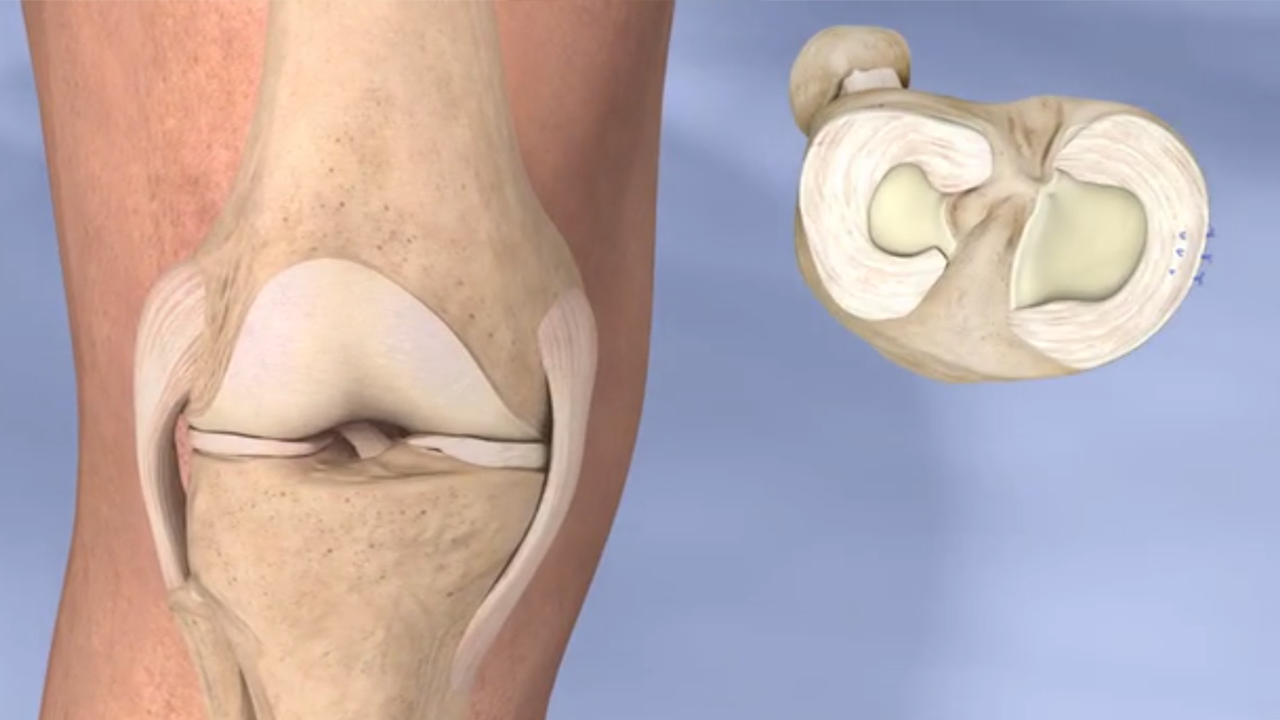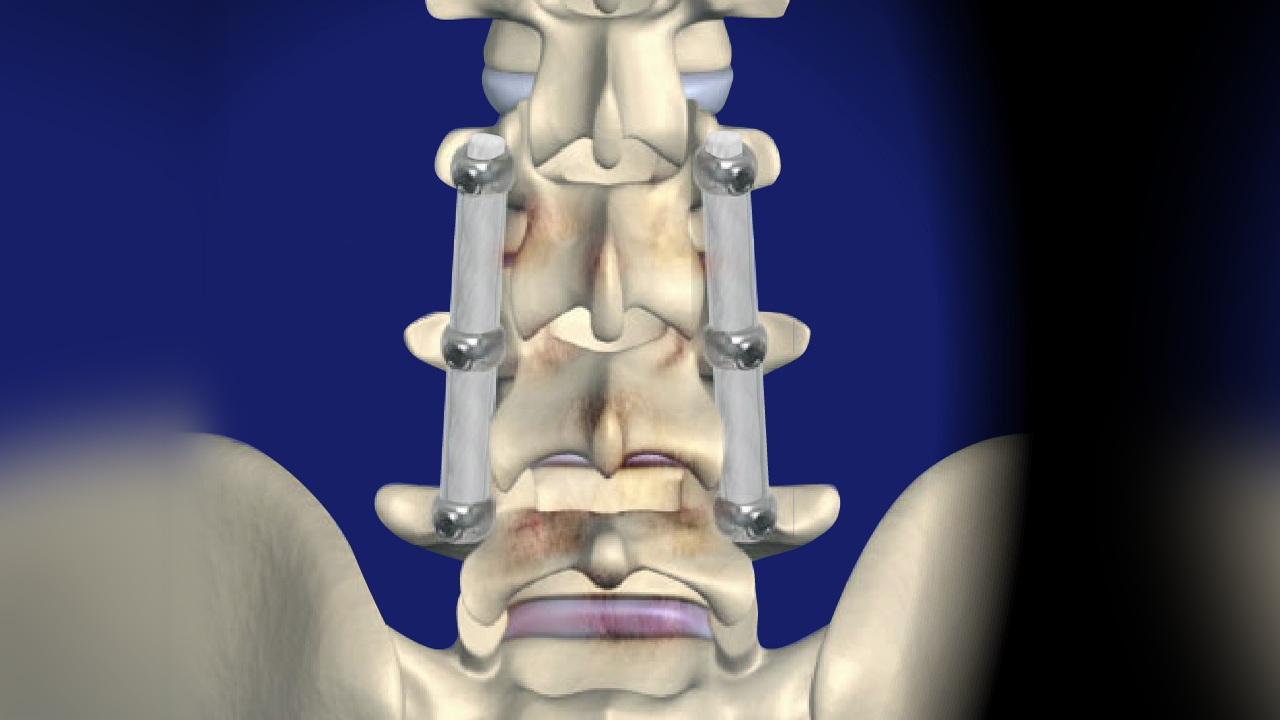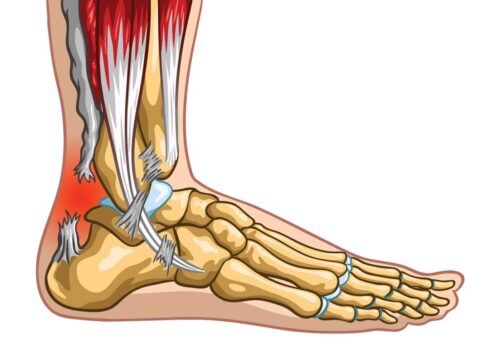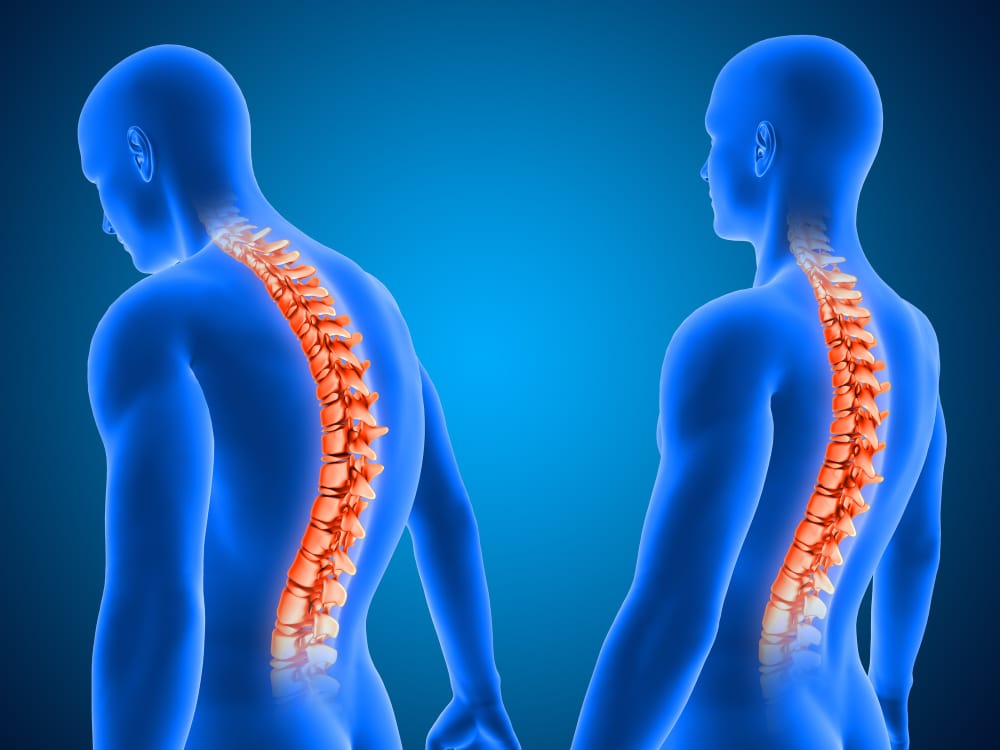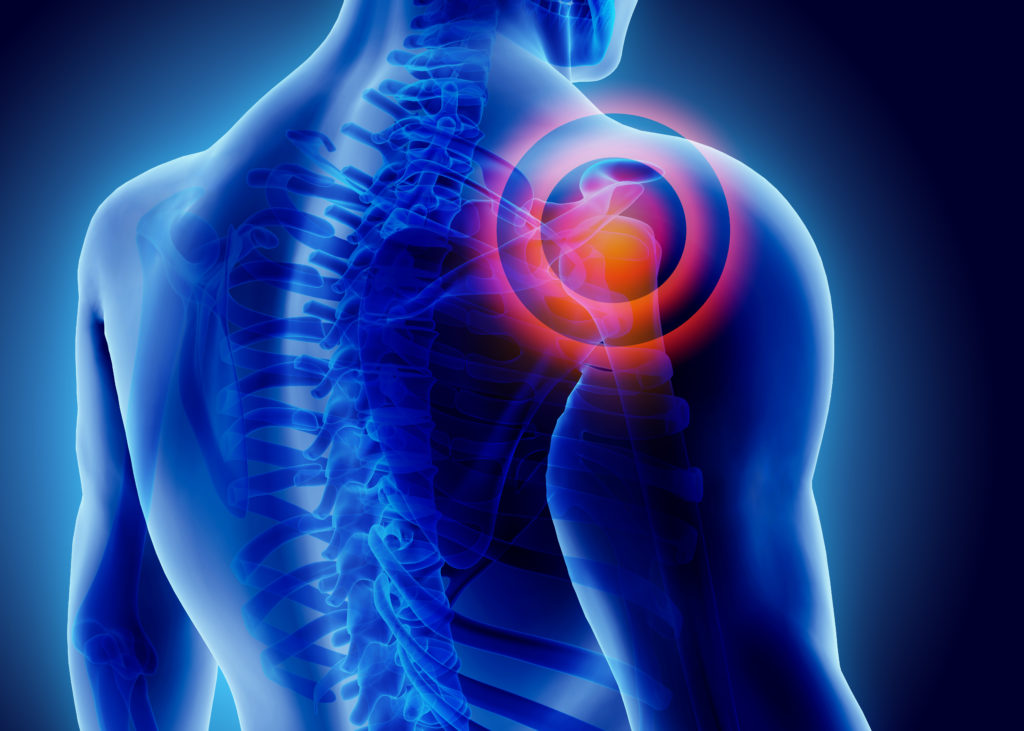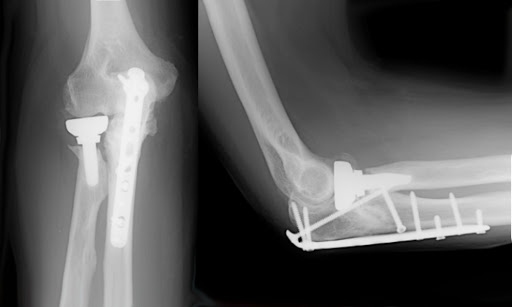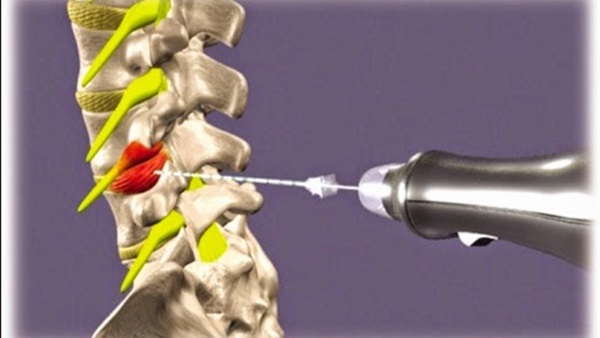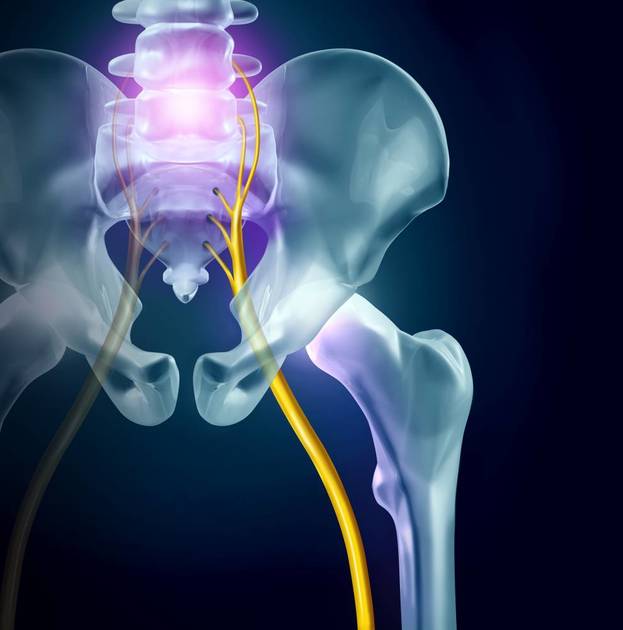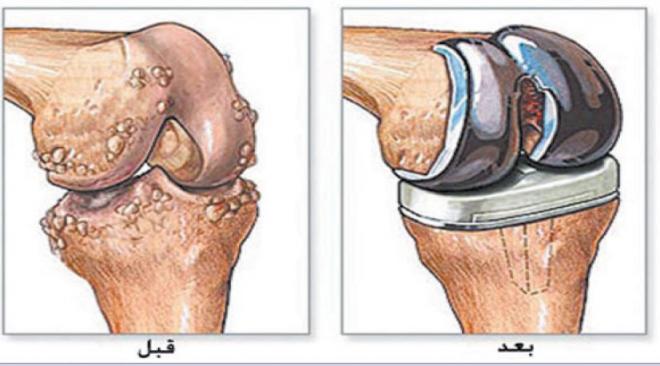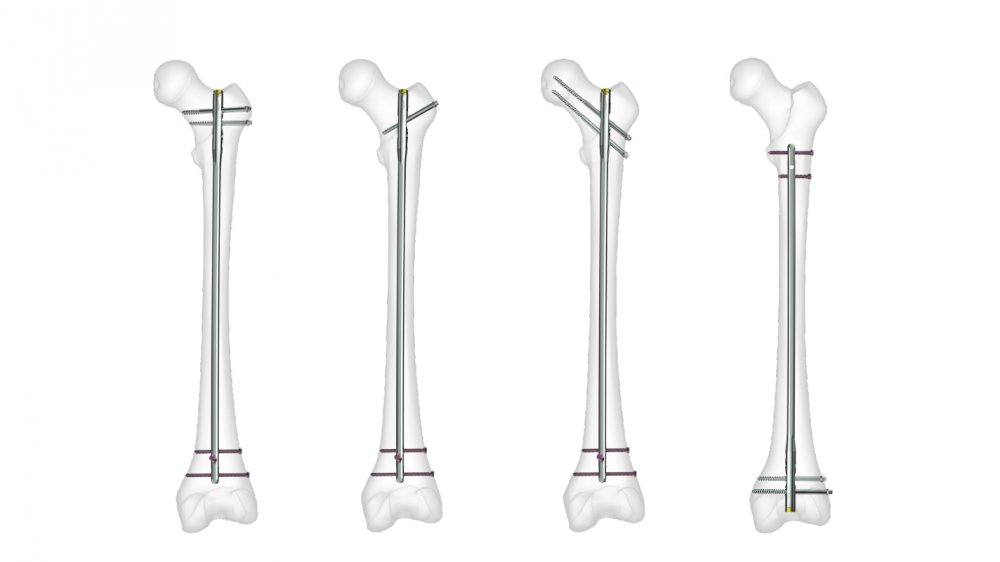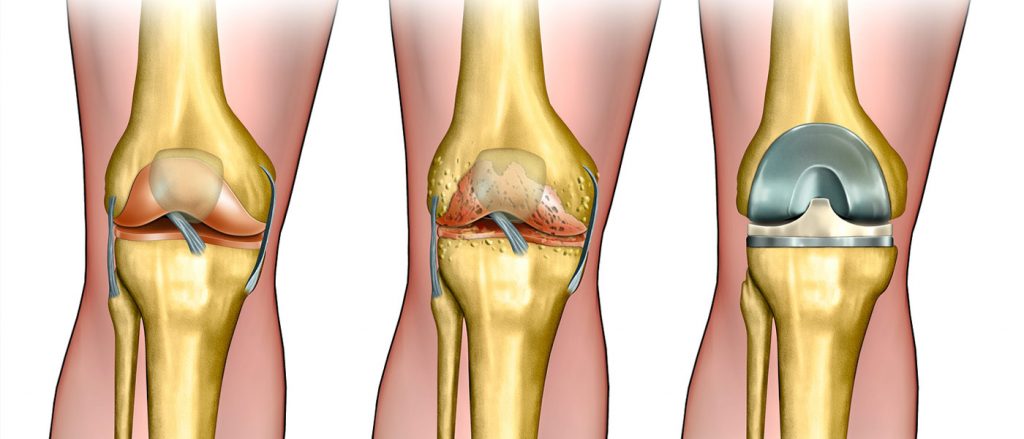Cervical Disc Surgery
Cervical Disc Surgery, Everything you want to know about cervical disc surgery, when should it be done, types of surgery, what you should do after the procedure, and more, can be found in the following article. Stay tuned to receive all the latest updates and to learn about various information related to this injury.
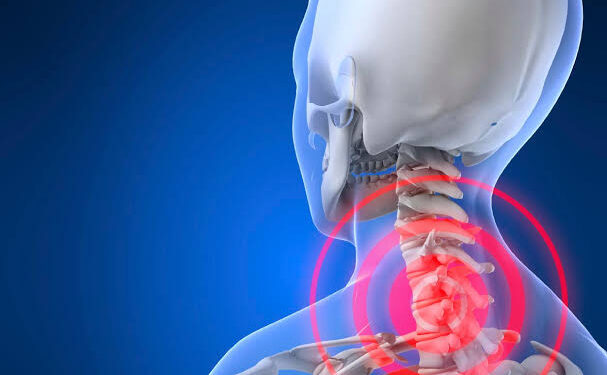
Cervical Disc Surgery
“Learn about the latest techniques and developments in cervical disc surgery through the expertise of Dr. Amr Amal and his specialized team.”
Before delving into cervical disc surgery, let’s first discuss in detail the concept of a cervical disc. The cervical disc is located between the seven cervical vertebrae at the beginning of the spinal column. It acts as a cushion for the vertebrae, helping them bear pressure during movement and reducing the impact of shocks.
Over time, or when a person sustains an injury to the cervical vertebrae, the flexible disc between the vertebrae may start to tear and protrude outward from its normal position, causing significant effects and leading to a slippage of the cervical vertebrae.
This slippage affects their movement, causes roughness in the vertebrae, and makes normal neck rotation difficult. The nerves near the torn disc are also affected, resulting in inflammation that increases pain and affects the arm and shoulder, making it difficult for the patient to move their neck freely.
Symptoms of Cervical Disc Disease
Inflammation or degeneration of the cervical disc can cause symptoms indicative of a neck health problem and difficulty in movement, resulting in severe pain in the vertebrae. Symptoms of cervical disc disease include:
- Feeling pain in the neck that extends to the fingertips.
- Pain when sitting up and lying down.
- Hearing a grinding or popping sound.
- Stiffness in the neck accompanied by pain.
- In rare cases, the affected person may experience nausea and blurred vision.
For more details regarding cervical disc injury and how to deal with it, we recommend reading this article.
Treatment of Neck Cartilage Disease
Neck cartilage disease can be treated through various treatment methods, including conservative treatment which aims to increase the ability to recover, and it can be accompanied by medication that helps in adapting and performing normal activities.
One of the treatment methods for neck cartilage is surgical intervention, which is mostly used in cases where other types of treatments have not been effective. There are several surgeries that can be performed, and the treating physician determines the most appropriate one for the patient based on their health condition.
Neck Cartilage Surgery Procedures
Slippage in the vertebrae or the occurrence of a bony protrusion between the vertebrae due to bone friction and cartilage thinning can lead to pain and an inability to move the cervical vertebrae freely. Therefore, surgical intervention is a better solution, especially if complications increase and the patient feels numbness, muscle weakness, and pain extending to the limbs.
Neck cartilage surgery is not limited to one medical procedure; there are several types of surgeries that the treating physician can determine as most suitable for the patient. This determination is made after a physical examination and necessary imaging tests to gain a more accurate understanding of the patient’s condition. There are several surgical procedures that can be performed to improve the condition of the cervical vertebrae and treat them from pain and numbness resulting from cartilage degeneration and damage. The traditional cartilage surgery is performed as follows:
- The doctor starts by administering full anesthesia to the patient.
- The doctor makes an incision on either the right or left side near the vertebrae.
- The location of the damaged cartilage is identified using fluoroscopy.
- The surgeon uses specific tools to remove the remaining part of the cartilage.
- The doctor uses a piece of bone from the thigh to replace the damaged cartilage.
- The added part is secured between the vertebrae using screws.
- The nerves of the spinal cord are relieved from the pressure causing neck pain.
- The wound is thoroughly cleansed and sutured (with medical stitches that dissolve over time and leave no trace).

What are the Dangers of Neck Cartilage Disease?
Slippage or damage in the cartilage lining the cervical vertebrae can be treated in many cases through rest, taking pain relievers, and some exercises that relieve pressure on the neck. However, as the pain intensifies, there may be a likelihood of spinal cord nerve damage, which poses health risks to the patient, including:
- Difficulty in walking.
- Inability to control neck movement.
- Muscle spasms and weakness in the shoulder.
- Abnormal reflexes.
- Weakness in the upper limbs of the body.
- Numbness and tingling sensations extending to the limbs.
Seeking medical attention promptly when these symptoms appear is crucial, as these signs indicate nerve damage due to the pressure from the slipped cartilage. The likelihood of undergoing surgery depends on the doctor’s diagnosis, the current state of the vertebrae, and the extent to which the pressure affects the nerve.
When is Surgical Intervention Necessary for a Cervical Disc Injury?
Undergoing surgery is not an easy decision, and in most cases, the orthopedic doctor prescribes pain medications and anti-inflammatory drugs, while advising the patient to avoid exerting effort or putting additional pressure on the neck. The injured person can also undergo physical therapy during the treatment period. However, surgical intervention becomes the most appropriate option if the injured person experiences the following:
- Increasing pain in the neck.
- Difficulty in moving the neck in different directions.
- Numbness in the shoulder extending to the upper limbs.
Types of Cervical Disc Surgeries
The doctor can choose the most suitable surgical procedure from various options, based on a thorough diagnosis of the patient’s condition. These surgeries include:
- Endoscopic Cervical Disc Surgery: This procedure aims to improve the condition of a person with a cervical disc injury by moving the slipped disc from its position, which is pressing on the nerve, to a position that does not cause pressure. This surgery has a high success rate.
- Cervical Disc Removal Surgery: In this surgical procedure, the treating doctor makes a small incision near the damaged vertebrae to remove the slipped part of the disc that is affecting the nerve and causing inflammation.
- Cervical Disc Replacement Surgery: This surgery involves using an artificial disc to replace the damaged cervical disc. Due to significant advancements in this surgery, the artificial disc has become an effective alternative to the natural one, helping the cervical vertebrae to perform their function better.

Preoperative Instructions for Cervical Disc Surgery
It is important to be aware of the instructions provided by the doctors before undergoing surgery, as they help the body prepare for the procedure and increase the chances of a successful operation. These preparations include:
- Conducting necessary X-rays and examinations to help the treating doctor identify the injury to the cervical vertebrae resulting from the wear and thinning of the disc.
- Performing required medical tests and understanding the patient’s medical history.
- Measuring bone density to determine the presence of osteoporosis.
- Prescribing certain antibiotics and anti-inflammatory medications before the surgery to reduce complications.
- Determining the appropriate type of anesthesia for the patient and scheduling the surgery.
Endoscopic Cervical Disc Surgery
This procedure is performed under the influence of local anesthesia within 30 to 45 minutes. The patient lies on the bed, face down. Initially, the specialist doctor will use a specific type of X-ray known as fluoroscopy to determine the appropriate level of the damaged disc.
The doctor makes a surgical incision in the back, less than an inch long, and inserts a small, precise needle between the muscles, ligaments, and openings in the vertebrae to the damaged disc. In addition, a laser is directed to the tissues of the inner part of the damaged disc, which of course helps to reduce the pressure of the disc on the nerve roots. Once the pressure on the nerves is relieved and the problem is solved, the doctor removes the surgical tools and closes the incision using a special surgical tape or stitches.
Advantages of Endoscopic Cervical Disc Surgery
There are many advantages of endoscopic cervical disc surgery, which include the following:
- Less costly than traditional surgical intervention.
- The doctor does not need to make a large surgical incision in the body, but instead makes a very small opening in the patient’s back.
- The procedure does not require general anesthesia, but only local anesthesia, which helps protect the patient from many health problems, especially if they suffer from chronic diseases or heart disease.
- The procedure does not take a long time compared to usual surgical operations that take several hours.
- The patient does not feel pain after the effect of the anesthetic wears off, and the small size of the wound reduces the patient’s exposure to infection or bacteria.
- The recovery and healing period is short, as the skin heals quickly.

Post-Operative Advice for Cervical Disc Surgery
The advice provided by the medical team after undergoing cervical disc surgery is very important as it helps improve the patient’s condition and provides them with greater comfort. These instructions are as follows:
- The time allocated for rest is one of the factors that provide a greater opportunity for rapid recovery.
- Commit to not putting pressure on the cervical vertebrae or lifting heavy objects as it affects the operation.
- Stop performing regular exercises, especially weightlifting, until complete recovery.
- It is important for the patient to use neck supports in the first few days after the operation.
- Regular follow-up with a physical therapist after surgery.
- Take care of the dressings and avoid contaminating them. The patient can shower on the seventh day after the surgery.
Duration of Cervical Disc Surgery
How long does cervical disc surgery take? This question is frequently asked by most patients suffering from cervical disc issues who need to undergo surgical procedures. The time required for cervical disc surgery is not long, estimated at about 45 minutes or less, and is usually performed under general anesthesia. The patient is then taken to the recovery room after the surgery to monitor vital body activities and receive post-operative instructions.

Success Rate of Cervical Disc Surgery
The success rate of cervical disc surgery is high, reaching up to 95%. The patient begins to feel improvement after the procedure, with their condition gradually improving and the pain they feel decreasing over time. Thus, the patient experiences greater comfort. Achieve amazing results and permanent relief from pain and restrictions with cervical disc surgery performed by Dr. Amr Amal, and enjoy a pain-free life.
Is the neck cartilage surgery dangerous?
Neck cartilage surgery is not considered highly dangerous, and the complications that can occur after surgery are very minimal. Following pre-surgical advice and instructions can help improve the patient’s condition faster, allowing them to return to their normal activities in less time.
Complications of Neck Cartilage Surgery
Complications after neck cartilage surgery are uncommon, and they mostly occur after cervical disc replacement surgery in the affected vertebrae. The risks that the patient might face include:
- Limited neck movement due to stiffness in the vertebrae.
- Allergic reactions to medications used in treatment.
- Displacement of the artificial disc over time.
- Persistent neck pain despite the surgery.
- Bleeding at the surgical site.
- Poor wound healing.
- Nerve damage.
- Infection.
- Fever.
- Numbness in the extremities.
Neck Cartilage Surgery with Laser
Neck cartilage surgery with laser is considered one of the medical procedures that help treat neck cartilage. There are several benefits of laser treatment for neck cartilage, including:
- The possibility of using local anesthesia.
- Faster recovery from the illness.
- No harm to the surrounding tissues of the affected area.
- The patient can leave the hospital on the day of the surgery.
Recovery Duration for Neck Cartilage
“Trust in the skill and precision of the neck cartilage surgery with Dr. Amr Amal and prepare for an active and healthy life thanks to specialized treatment.”
The recovery period for a patient with neck cartilage can last from one month to one and a half months, depending on the patient’s health condition. Following the doctors’ instructions can shorten the recovery period and expedite the return to normal daily activities. However, it is important not to lift heavy objects in the first three months after surgery.
Symptoms After Cervical Disc Surgery
After cervical disc surgery, the patient may experience symptoms such as pain at the injury site. Generally, the pain may subside over time with adherence to the doctor’s instructions, taking prescribed medications, and getting enough rest.
Neck Cartilage Surgery Price
Undergoing a neck cartilage surgery requires some time for the patient to receive the necessary diagnosis, after which the doctor determines whether to proceed with the surgery. Consequently, the patient becomes more qualified for the operation. The price can be determined in consultation with the medical team accompanying the doctor, as this depends on various factors including the doctor’s skill, competence, and experience in performing this type of surgery, as well as the level of healthcare provided by the hospital where the patient undergoes the surgery. On average, the cost of neck cartilage surgery ranges from 25,000 to 50,000 Egyptian Pounds.
Best Doctor for Neck Cartilage Surgery
Neck cartilage surgery is an important and precise operation that requires an expert doctor to perform it. We recommend Dr. Amr Amal, a consultant in Orthopedics and Joint Surgery at Ain Shams University. He holds a master’s and doctorate degree from the same university. Dr. Amr is distinguished by his efficiency and great skill in performing this type of surgery. He enjoys a significant reputation and a good standing among patients for his good treatment of them, his continuous efforts for their comfort, solving their problems, and helping them to relieve their pain.




